Extreme E: How all-electric racing series combats the climate crisis through education, innovation and action
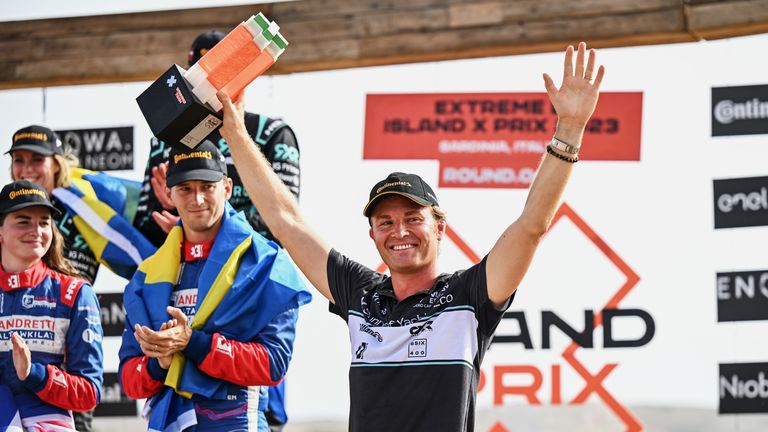
Rosberg X Racing team owner Nico Rosberg is an outspoken advocate for Extreme E
Motorsport has long been a breeding ground for technological innovation, motivated by one overriding goal: speed. Now the ongoing developments, in addition to the sport’s global platform, can be used for something bigger.
Formula 1 technology can be found all over the world, from the overt innovation of hybrid cars to more unlikely locations including 5G infrastructure and hospital communications.
The rise of newer electric-only racing series, such as Formula E, has further fueled the rise of electric batteries, fueling the rising demand for Net Zero.

Electric SUVs are raced around the world in ten rounds of Extreme E
Yet this is often a cheerful by-product of motorsport. Extreme E shows what the sport can achieve when the fight against climate change is central.
‘Once you know it, it’s very difficult not to do something’
A major criticism of motorsport’s sustainability performance concerns global travel, but to take this away is to remove a fundamental aspect of the sport.
Instead, routes and modes of transportation can be adjusted, and this travel used as an opportunity to educate about areas affected by climate change.
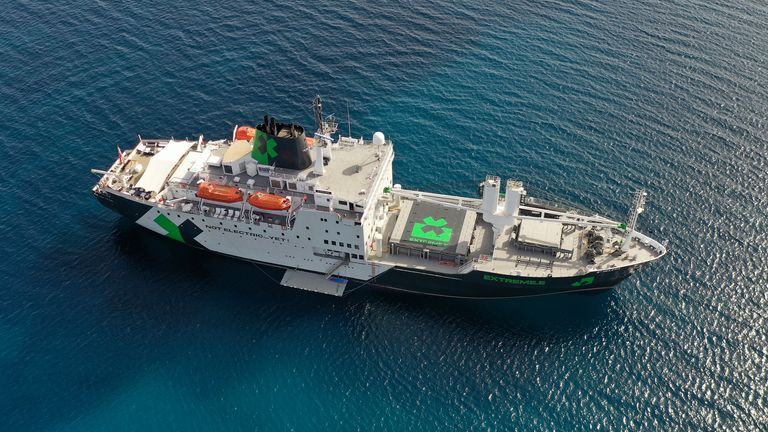
Extreme E transports all vehicles, event infrastructure and operational equipment by sea freight on board the 7,000 tonne St. Helena
For September’s Island
“The educational component of what they do here is so important because it highlights the problems and highlights what the solutions can be,” said Veloce Racing’s Molly Taylor.
“Not only the design of the paddock, how we can make it sustainable, but also all the little things we do along the way and then in the legacy projects, the things that happen in each region and from which we can learn. and pass it on to our audience.

The Island
“Maybe people aren’t going to watch National Geographic and watch a documentary about climate change and how they can help, but they might want to watch racing. And then also learn how they can be part of the solution.” .
“Once you know it, it’s very hard not to do anything about it. So I think that’s very powerful.”
Sport not only has the opportunity to create change through broader initiatives, but also through the power of the voices of individual athletes.
Lewis Hamilton, Jenson Button and Nico Rosberg all own teams in Extreme E – three Formula 1 world champions with huge platforms.
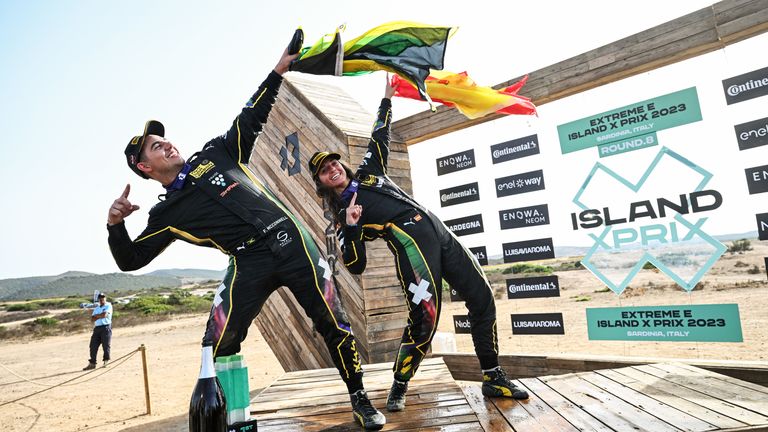
Lewis Hamilton’s X44 team of Fraser McConnell and Cristina Gutierrez won round eight of the Island
Rosberg
“It would be nice to have this balance between these very extreme locations, like the next one in Chile, but at the same time racing close to home,” said Rosberg.
“We also suffer from floods close to home and even in the middle of Germany we suffer from drought, so there are causes there that we can really emphasize and support.
“I hope Extreme E goes to the locations where we can help the most. It is very important for us to raise awareness.”
‘Innovation is central to the DNA of motorsport’
The Extreme E Science Committee advises on all of the series’ climate initiatives, with committee chairman and University of Oxford Professor Richard Warrington witnessing first-hand the innovation needed to reduce emissions in motorsport.
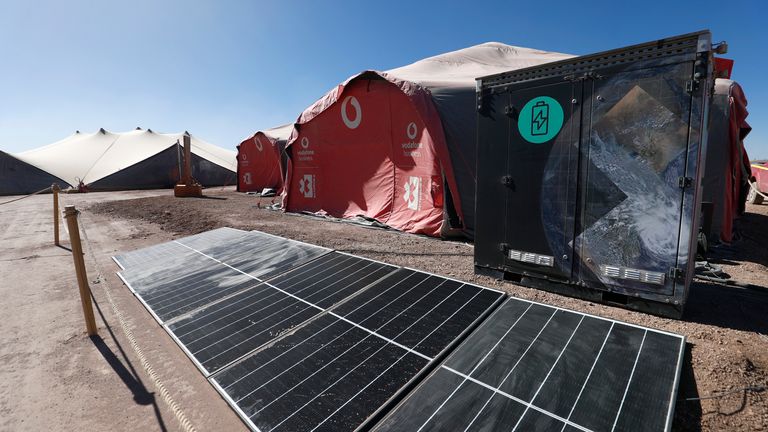
A combination of hydrogen, solar energy and second-life Zenobe batteries reduce the energy required to host a major motorsport event at Extreme E
“Innovation is central to the DNA of motorsport, and we must innovate quickly to solve the climate problem. We have lost a lot of time,” said Prof. Washington.
“Competition is a natural part of sport. But this is a race we all have to win together, and that’s where the difference lies.
‘It’s interesting from a biological perspective. It is not really the survival of the fittest that ensures evolution, but the ability of a species to adapt. That’s a common misconception.
“I see that adaptation happening beneath the ground I stand on every time I visit Extreme E. It’s a wonderfully fast-paced environment, where decisions are made based on partial information because they have to be made, and that’s exactly what we do. are going to do to combat climate change.”
This ethos is evident from the fact that Extreme E will become Extreme H: the first hydrogen motorsport series.
Securing a sustainable future requires diverse clean energy sources, and with hydrogen technology still in its infancy, Extreme E of H can propel its innovation forward.
“We know that hydrogen will play an important role in our economy in the future, possibly also in many forms of mobility and transport. That’s why I think it’s great that Extreme E is taking the leap of faith and committing to that technology,” said Rosberg.
“I can also see it in the number of sponsors and even car manufacturers who are now writing to me. Suddenly new interest because they say: ‘wow, hydrogen, yes, we want to be involved in that’.”
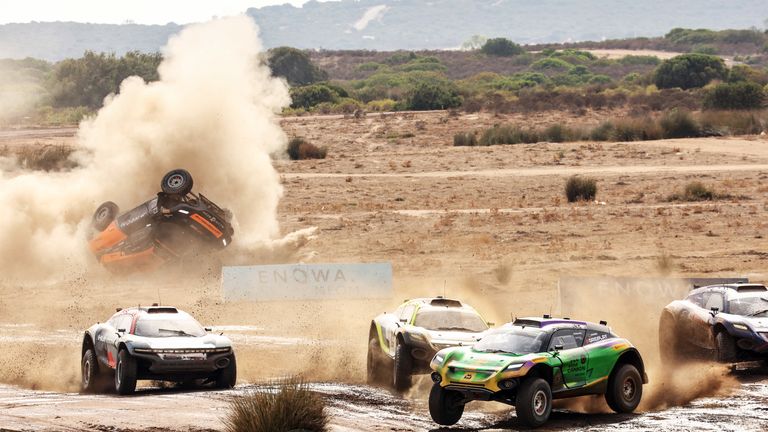
Extreme H will want to follow in the footsteps of Extreme E by producing exciting races with a purpose
Extreme E became the first event in 2021 to use hydrogen fuel cells to charge the electric batteries of SUVs, but the big challenge is getting this technology into the cars.
“It was interesting how immature the technology actually is and how difficult it is,” said Rosberg.
“Supporting as a championship to advance this technology because we now need to make it work in a high-performance racing car, and that is now pushing many partners to the brink of accelerating their progress technologically. So that’s how motorsport can be really useful.”
“Would it be better for us to stay home and not have Extreme E?”
Extreme E’s existence as a high-intensity racing series signals its approach to tackling the climate crisis: action.
It hopes to educate and innovate action among individuals, and set an example for major sporting events.
“People are not going to stop their lives because climate change has occurred. When I get up and point out the rising temperatures on earth, I’m not going to lock everyone at home for the day. So, by and large, the world continues to lock down the world. similar to what it has been,” said Prof. Washington.
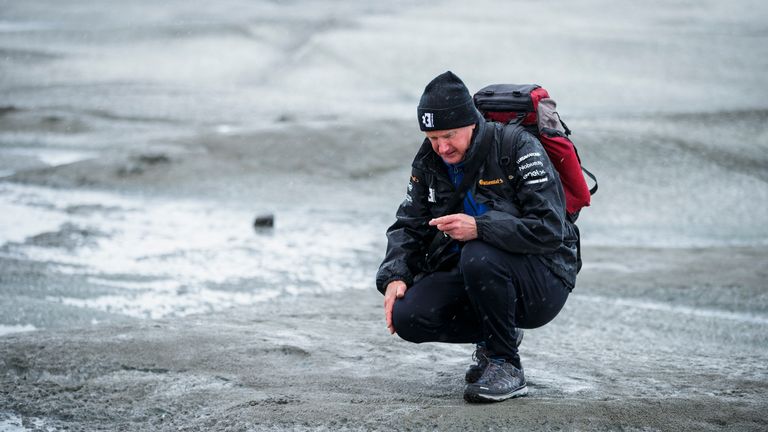
Professor Richard Washington during the Artic X Prix in Greenland
“The way we’re going to make a difference is by doing almost everything a little bit differently, and some things very, very differently.
“So Extreme E is a new sport, but it is electric car racing. We want people to drive electric cars because it will ultimately reduce CO2 emissions, which is absolutely crucial to the cause of the climate problem.
“So where are we in that balance? Would it be better for us to stay home and not have Extreme E? Absolutely not.”
Sustainability can be achieved through large actions, such as buying electric cars or transporting goods by boat, but also through small actions, such as Extreme E’s ‘bring your own bowl’ policy.
There is no single-use plastic provided and all staff and drivers wash dishes after every meal.

‘Bring Your Own Bowl’ contributes to reducing waste on the event site
“The changes we need on this planet are enormous, but it starts with everyone. We have to do something, but sometimes people don’t know exactly what they can do,” said Amazon scientist Dr. Francisco Oliveira.
“With the messages we deliver (through sport), maybe they can understand that very simple things, like their daily basics, can have an impact.
“When they buy their food, they might want to know where that food comes from. Maybe they use a lot of air conditioning because the weather is getting warmer, because deforestation is happening somewhere else, and the food that they eat comes from that area. connect you to a person.”
Extreme E has connected the messages of climate scientists with fans of off-road racing in an unlikely, but groundbreaking alliance.
The change needed to combat the climate crisis must be big and fast, just like an Extreme E SUV.
